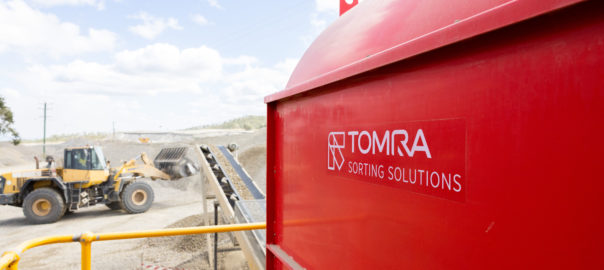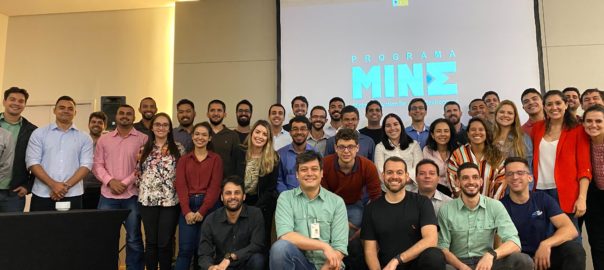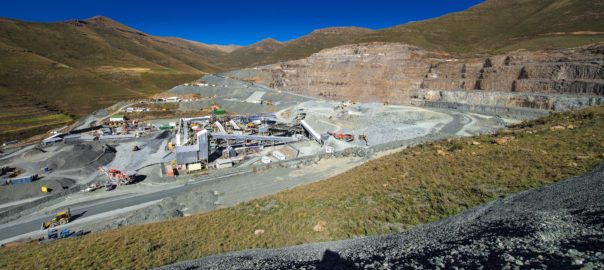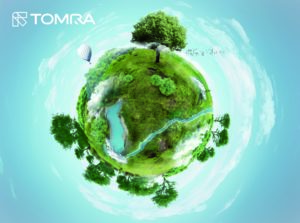TOMRA X-Ray Transmission (XRT) sorters are providing a game-changing solution for the EQ Resources-owned Mt Carbine mine in Queensland, Australia, reducing costs and achieving high-purity tungsten ore for follow-on processing while contributing to a circular economy by producing green aggregates for sale, the ore sorting company says.
The Mt Carbine mine, northwest of Cairns, Queensland, was acquired by EQ Resources in 2019. The company entered a joint venture with Cronimet Group to set up tungsten extraction from the mine’s large waste dump and tailings. It is also planning to operate the open pit and underground mine, of which it has full ownership.
EQ Resources management has a long-standing relationship with TOMRA, having used its sorters with success on a variety of projects since 2011, TOMRA says. Based on this experience, the company turned to TOMRA once again for the Mt Carbine mine, with test work conducted at TOMRA’s Test Center in Wedel, Germany, confirming its XRT technology would provide the solution for the project.
“We were confident it would work, but we sent a small sample for testing to make sure,” Kevin MacNeill, CEO of Mt Carbine mine, EQ Resources, said. “The advantage of TOMRA’s sorters compared to others is in the image resolution: it is able to resolve the finer inclusions in the tungsten. This high resolution gives us better recovery and more control over the sorting process.”
Mt Carbine is currently mining the 12 Mt of low-grade historical stockpiles. The ore is crushed and screened at 6 mm and 40 mm. Two TOMRA XRT sorters are used to pre-concentrate the feed in the 6-40-mm-size range before processing in the wet plant. Approximately 10% of the sorters’ feed mass is ejected as product with a recovery of tungsten of well over 90%. This means only 10% of the mass is processed in the wet plant, dramatically cutting running costs, reducing the required size of the wet plant, as well as saving water and energy, TOMRA says.
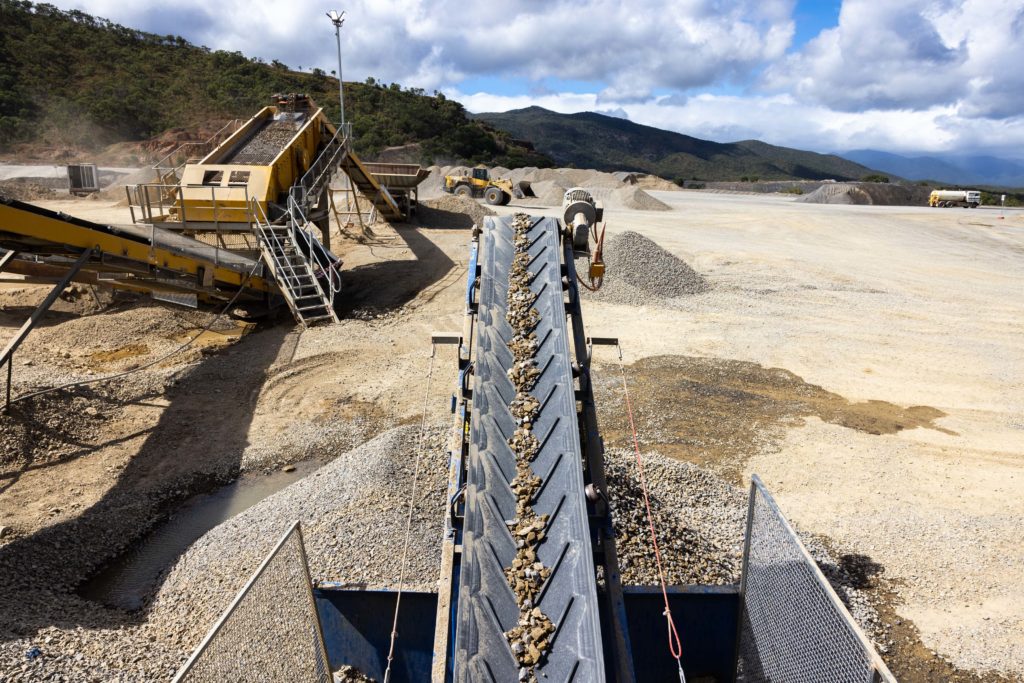
“We let the technology do the work for us and take out all the rubbish and we’re left with just the pure tungsten to send to the processing plant – and we do that very cheaply using the sorters,” MacNeill says. “One of the best things about the TOMRA XRT is the cost savings to the operation. It costs approximately A$1.5/t ($1.02/t) to sort and then it costs A$14/t for wet processing: as we take out 90% of the sortable fraction mass, we only have to process 10% of the higher grade concentrate and natural -6 mm material while maintaining recovery, so our cost benefit is obvious.
“We couldn’t afford to run this waste dump if we had to crush everything to 6mm and process it through the wet plant, it would be too low grade and costly.”
EQ Resources is also taking advantage of the TOMRA XRT sorters to create an additional revenue stream from the waste material.
MacNeil explained: “Normally you would grind the waste down to 6 mm and put it through the jigs, but, by putting it through the TOMRA sorters, we are able to keep a whole range of aggregates on the coarser size fractions. The sorters remove any material containing acid-forming sulphides and the waste rock that comes out is incredibly clean. We are, therefore, able to use it in making all kinds of different quarry products – from road bases to concrete aggregates. It’s a perfect example of a circular economy.”
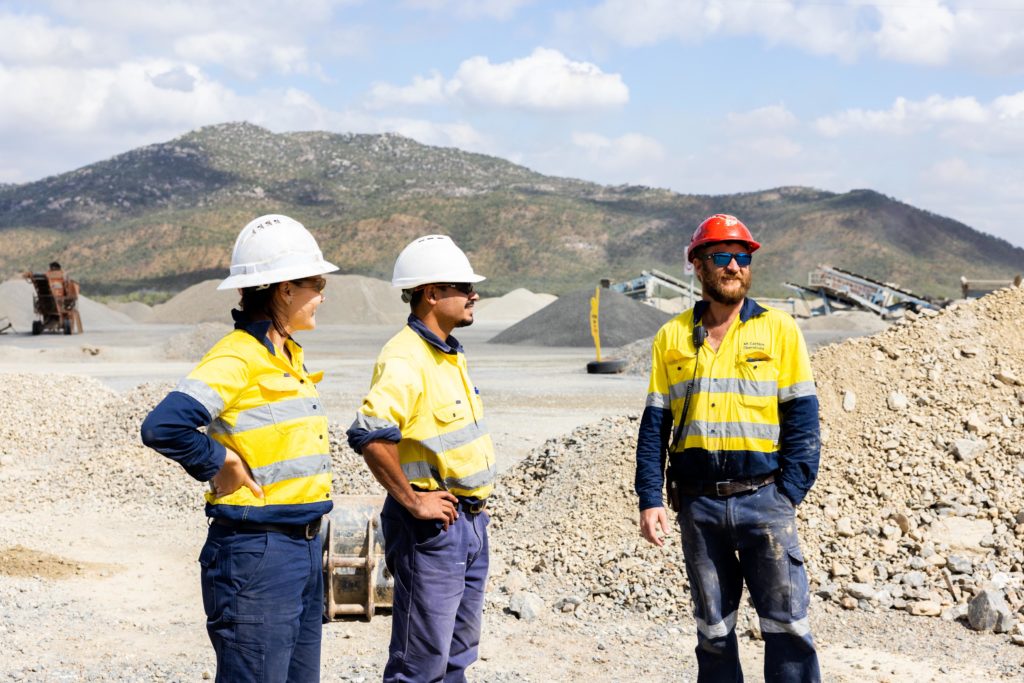
“Selling these green aggregates adds a significant portion to our business – about A$5 million a year – and that’s all because of the TOMRA sorters. In fact, we’ve probably paid for each machine from this revenue five times over.”
The TOMRA XRT sorters are delivering both environmental and business benefits to the Mt Carbine operation, to the satisfaction of MacNeill: “They’re dry, they create no water usage, they require very little power compared to what we use in the processing plant, so it’s a real advantage to us to have these, and we’re looking at purchasing a third one in the near future.
“From an environmental point of view, I think the TOMRA sorters will play a huge role in the future because of their capability of removing sulphides. If you remove sulphide before stockpiling waste rock, you will have the benefit of no acid creation and drainage – and it would reduce your footprint in your closure plans.”







